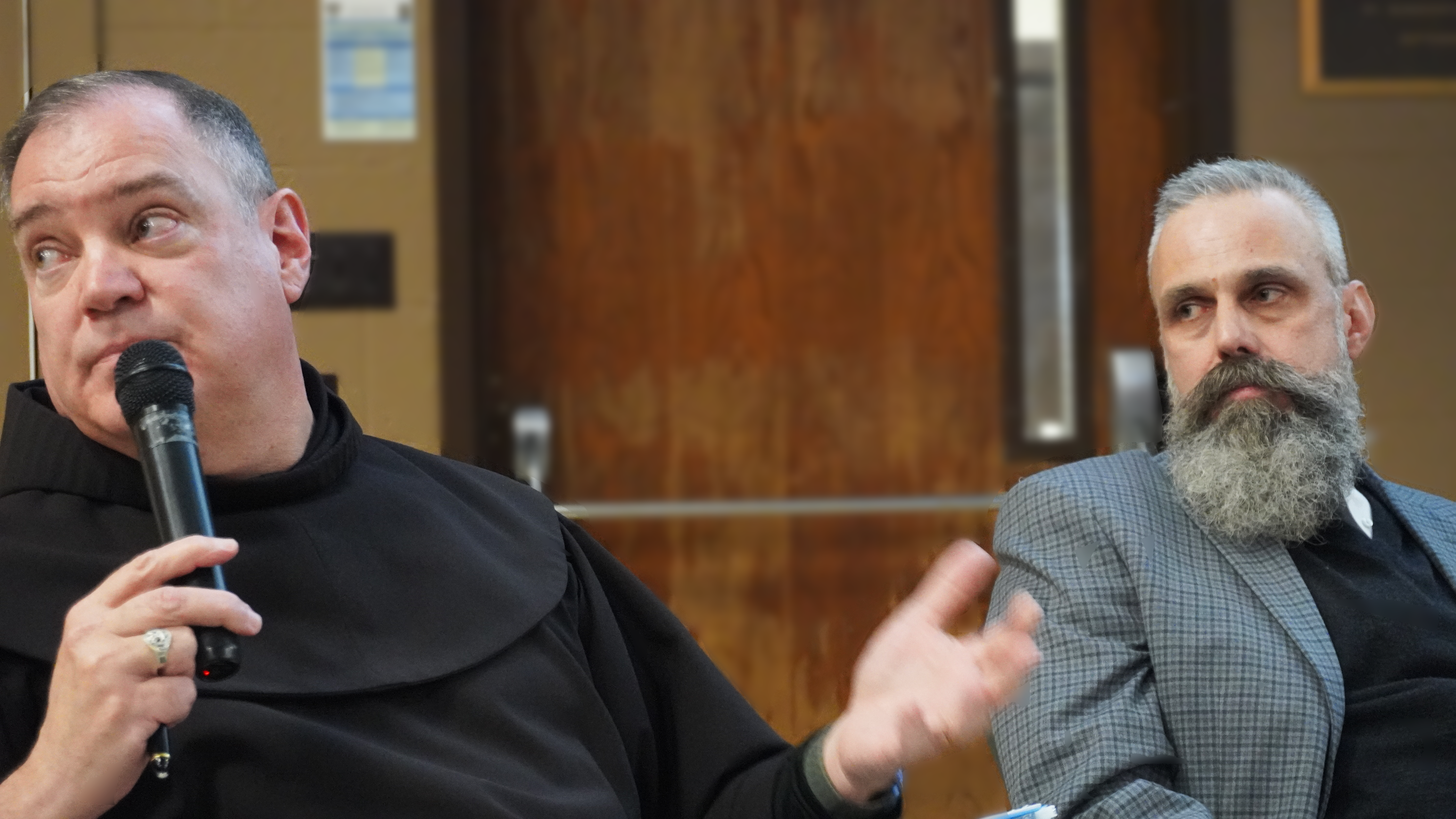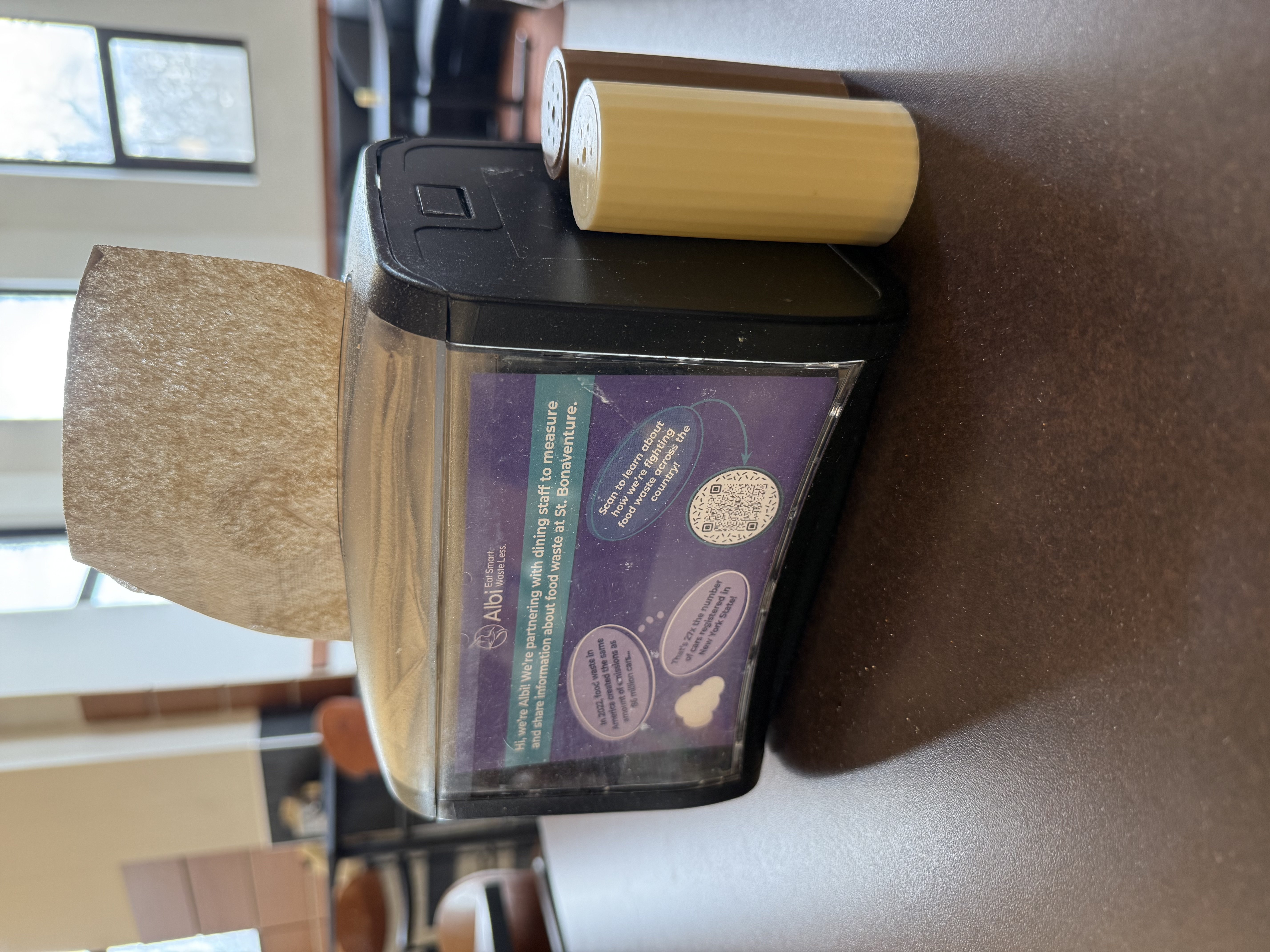By Emma Zaremba
Features Editor
Crunching numbers and analyzing data is becoming commonplace for a small group of Bonaventure students.
Four students recently entered a data competition, held by the Upstate Chapters of the American Statistical Association, in which they will analyze complex data sets from standardized high school tests and search for trends to form results.
The need for statistics education is expected to increase within the coming years due to the explosion of interest in data analytics in many fields. “Big data” analysis was chosen as the topic for this year’s conference because of the novel approaches made in this area of study.
Brandon Comilla, Rene Sandroni, Anthony Shoff and Kevin Grant will be participating in this year’s competition.
In the past, the annual conference consisted mostly of mathematical professionals, but this year the decision to involve students will give them the opportunity to gain experience in a booming field.
On April 12 several teams, students and experienced professionals will convene at SUNY Geneseo where judges will examine their results and declare first through third place winners.
Michael Klucznik, assistant professor of mathematics and advisor to the data team, said the topic of “big data” is growing increasingly popular and was on the cover of a recent issue of Harvard Magazine.
“This trend to collect lots of data, needing people who can sift through that data and find actionable insights from it. It’s sort of a buzz trend,” Klucznik said.





